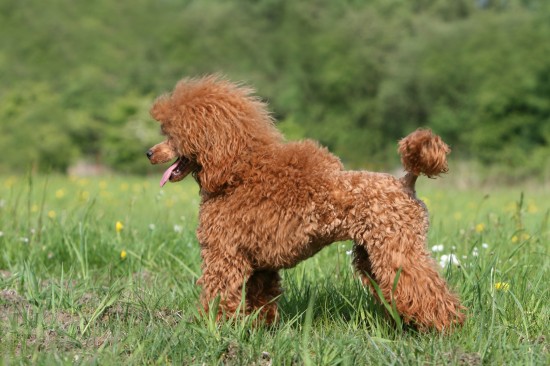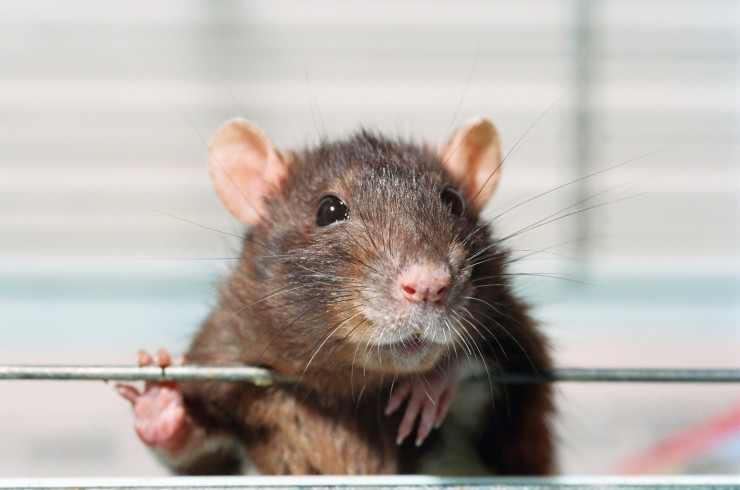
So you think you have found the ideal pony or horse? Before you hand over your hard-earned cash, wait a minute… What can you do to make sure you don`t have an unpleasant surprise in a week or two`s time?
Don`t buy a horse unseen. Go and ride it. Check its competition records, if appropriate. Make sure it can do what you want. Take your trainer, or a knowledgeable horsey friend, along with you to give an impartial opinion. Only when you are satisfied that the horse is capable of doing the job, should you consider getting it vetted.
How do you choose a veterinarian to examine the horse for you? There is a lot to be said for having your own vet carry out the examination. If you are buying a horse that is too far away for your own vet, ask him or her to recommend someone nearer. Although you might prefer not to use the owner`s own vets, remember that they may be the only ones in the area who do horse work.
Either way, make sure you talk to the examining veterinarian to discuss your requirements before the examination.
What happens at a vetting? Although there are slight variations in technique between veterinarians, the procedure is fairly standardized.
The first stage is an examination in the stable. The vet will make a note of any abnormalities – from minor blemishes to signs of disease or previous injury. He or she will listen to the heart and lungs and inspect the eyes with an ophthalmoscope.
Next comes the walk and trot up stage. The horse is watched moving on a flat surface to look for signs of lameness or abnormal gait. By flexing the limbs before trotting the horse, the vet can make some subtle signs of lameness more obvious.
Then there is a period of strenuous exercise. This gives the opportunity to check that the horse does not have any breathing difficulties, and that exercise does not stir up a lameness that was not apparent at rest. It also puts the heart under pressure and may reveal abnormal murmurs or rhythms.
A short period of rest follows, to check that the heart and lungs recover normally after exercise. To finish there is a final trot up and foot examination.
Then the vet has to consider all the abnormalities that the examination has revealed, and assess whether they will interfere with the horse`s intended use.
A full examination can take about an hour and a half. A shorter “two stage” vetting is sometimes requested. Obviously this costs less but it is probably a false economy. Many problems are only spotted in the full five stage examination.
It is often a good idea to be present when the horse is vetted. You can then discuss any concerns you have with the vet at the time.
Specialized tests such as radiography or endoscopy do not usually form part of the pre-purchase examination. Some insurance companies insist on routine x-ray examinations for more expensive horses. Most veterinarians take a blood sample to test for the presence of any medication that could have affected the examination.
Buying a horse is a risky business. No horse is completely risk free. Neither is it possible to accurately predict a horse`s future health. But by having your horse vetted you should ensure that you are off to the best possible start.
Copyright 2006 by Mark Andrews / Equine Science Update. This article may be freely used by newsletters and web sites without permission as long as the copyright notice, links and contact information remain unchanged. Mark Andrews, an experienced equine veterinarian, is author of The Foaling Guide, (http://www.thefoalingguide.com) and publisher of Equine Science Update. For the latest information in equine science, subscribe to the free newsletter from Equine Science Update. (http://www.equinescienceupdate.co.uk)
 Breed Lines And Breed Standards
Breed Lines And Breed Standards
 Miniature Poodle Hereditary Health And Health Testing
Miniature Poodle Hereditary Health And Health Testing
 Build Your Chicken Coops According To Your Requirements
Build Your Chicken Coops According To Your Requirements
 How To Tell If Your Cat Is Dehydrated
How To Tell If Your Cat Is Dehydrated
 The Manx Cat - The Genetics Of The Tailless Cat Breed
The Manx Cat - The Genetics Of The Tailless Cat Breed
 How To Tell If Your Rat Is Too Hot Or Too Cold, And What To Do About It
How To Tell If Your Rat Is Too Hot Or Too Cold, And What To Do About It
 Traits To Look For In A Family Dog
Traits To Look Fo
Traits To Look For In A Family Dog
Traits To Look Fo
 Budgie Buying And Care For Beginners
Budgie Buying And
Budgie Buying And Care For Beginners
Budgie Buying And
 Keeping Dachshund Pups Fit And Healthy
Keeping Dachshund
Keeping Dachshund Pups Fit And Healthy
Keeping Dachshund
 The Often Forgotten Health Problems Obesity Causes In Cats And Dogs
The Often Forgott
The Often Forgotten Health Problems Obesity Causes In Cats And Dogs
The Often Forgott
 Protect your Bunny Pet from Predators with Outdoor Rabbit Hutches
Protect your Bunny Pet from Predators with Outdoor Rabbit
Protect your Bunny Pet from Predators with Outdoor Rabbit Hutches
Protect your Bunny Pet from Predators with Outdoor Rabbit
Copyright © 2005-2016 Pet Information All Rights Reserved
Contact us: www162date@outlook.com